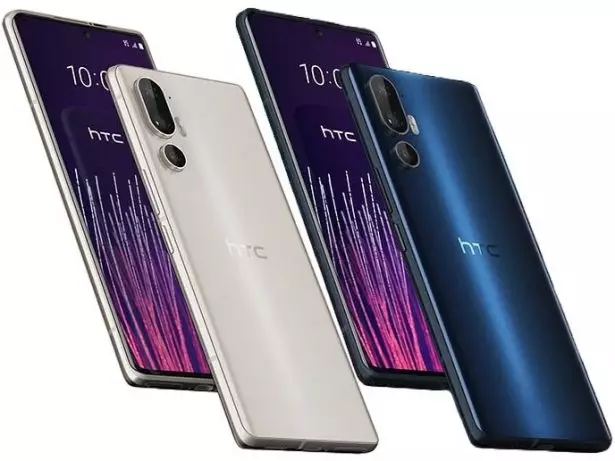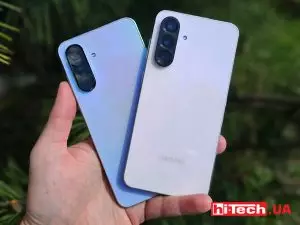HTC U24 Pro smartphone received Snapdragon 7 Gen 3 with 12+512 GB of memory. But for what?
17.06.24
HTC continues its efforts to regain lost positions in the smartphone market with a new mid-range device, the HTC U24 Pro. Despite its positioning, its price is comparable to flagship models. HTC U24 Pro features a 6.8-inch OLED display with rounded edges, FHD+ resolution and 120Hz refresh rate. There is also a notification LED on the front panel.
The device is based on a Qualcomm Snapdragon 7 Gen 3 processor and has a configuration with 12 GB of RAM and built-in storage options of 256 or 512 GB. If necessary, the memory can be expanded using a microSD card.
The HTC U24 Pro is equipped with a triple main camera: a 50 MP main module, an 8 MP ultra-wide-angle module and a 50 MP telephoto module. The front camera has a 50 MP sensor.
The smartphone is equipped with a 4600 mAh battery with support for fast wired charging with a power of 60 W and wireless charging with a power of 15 W. A 3.5 mm jack is provided for connecting wired headphones. The body of the device is protected against moisture and dust according to the IP67 standard.
The HTC U24 Pro is now available for pre-order starting at $585, with actual sales starting on June 30. The smartphone is presented in Twilight White and Space Blue color options.
Don't miss interesting news
Subscribe to our channels and read announcements of high-tech news, tes
Review of Samsung Galaxy A36 and Galaxy A56 smartphones: in a shadow of light

The Samsung Galaxy A36 and Galaxy A56 have equally good displays, large batteries, and support for software updates for 6 years. Let’s talk in more detail about what else makes them interesting.
Mercedes-Benz has released electric concrete mixers and a dump truck based on the new eArocs 400 car electric transport Mercedes-Benz
Diesel versions of the Mercedes-Benz Arocs have been used on construction sites for many years.
New GPMI Universal Media Interface has bandwidth up to 192 Gbps and power of 480 W development
Major Chinese companies have introduced a new connection standard, General Purpose Media Interface (GPMI), which is physically compatible with USB Type-C and USB Type-B connectors


